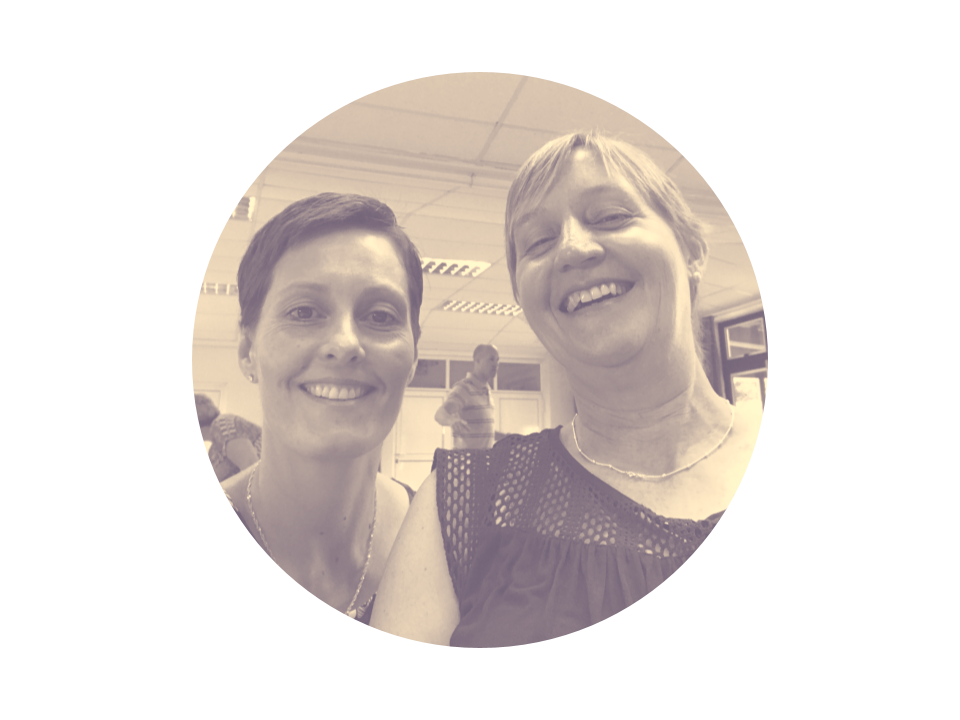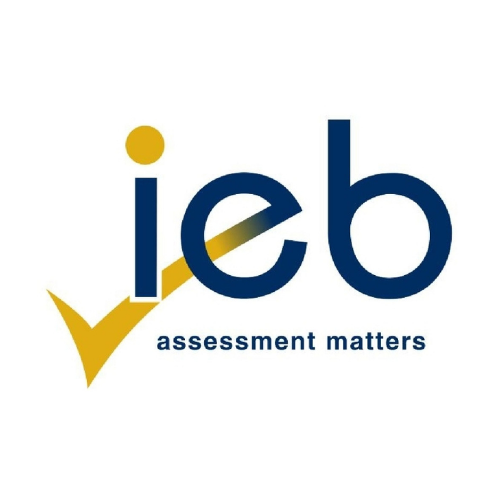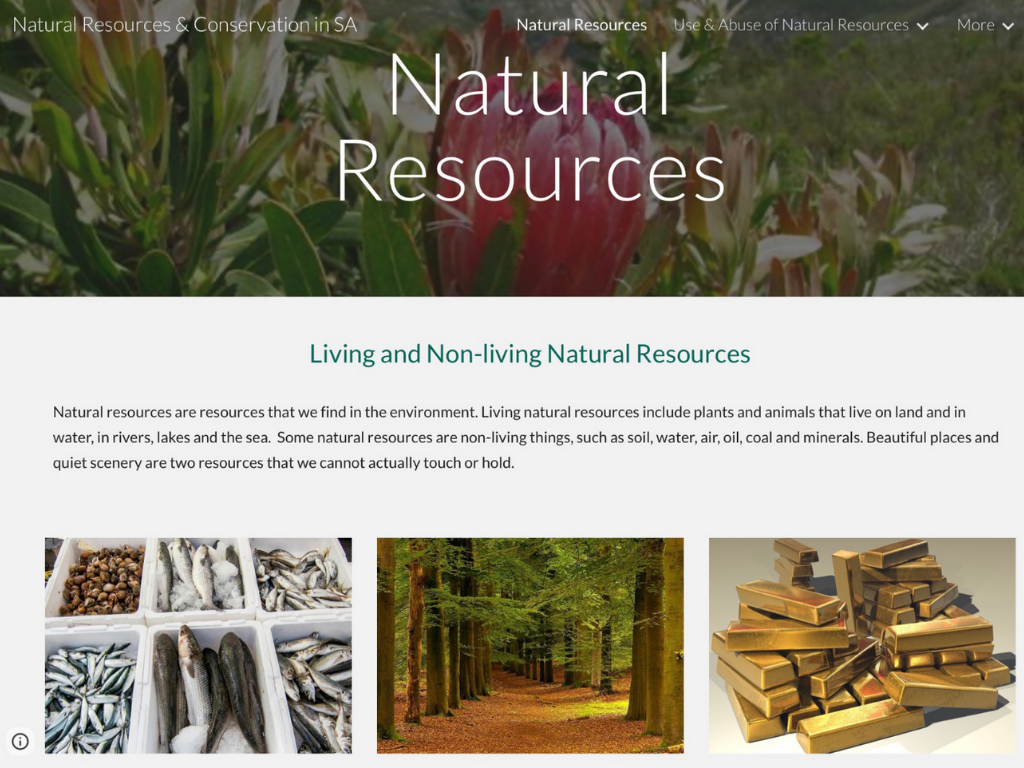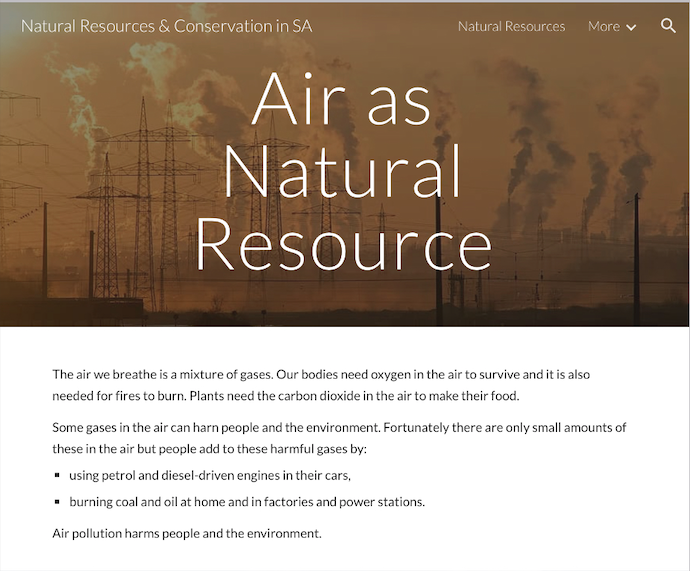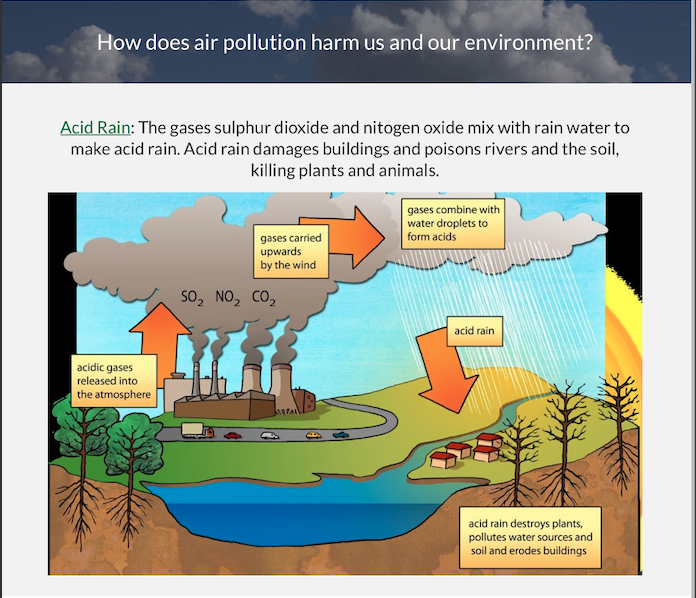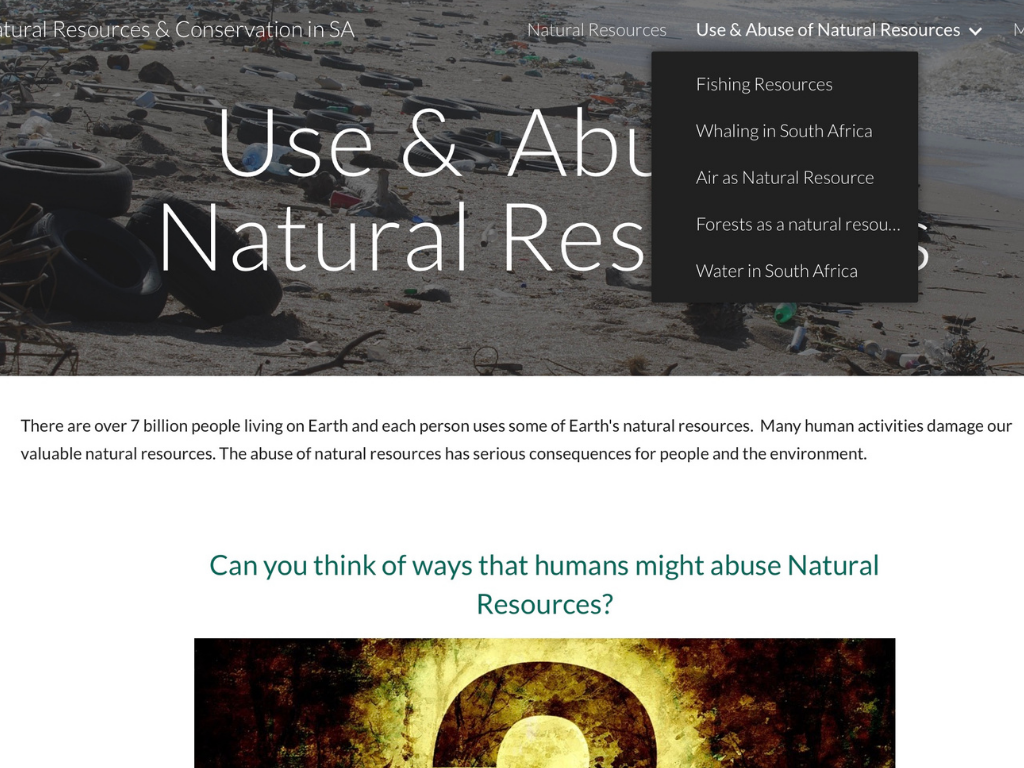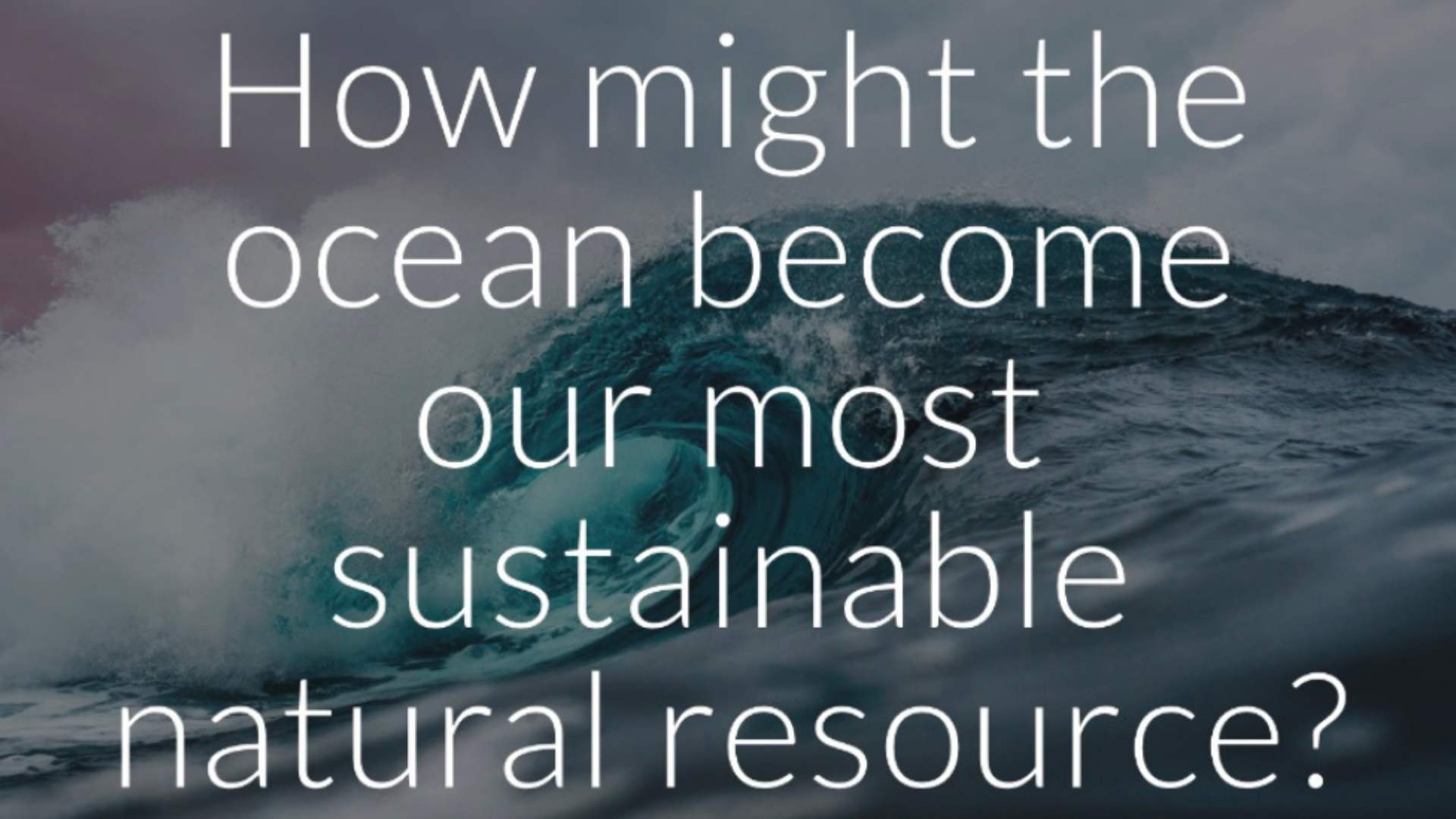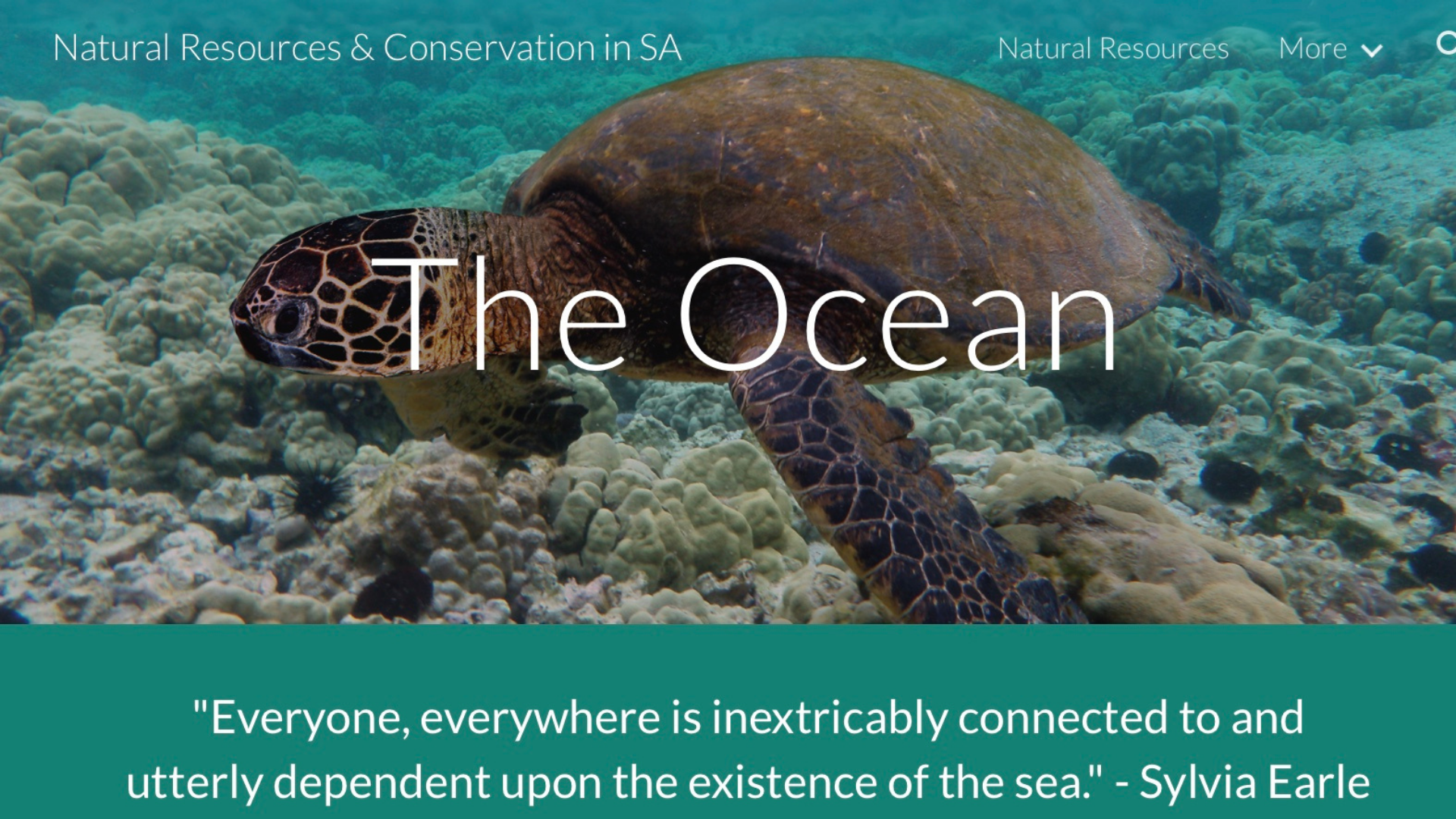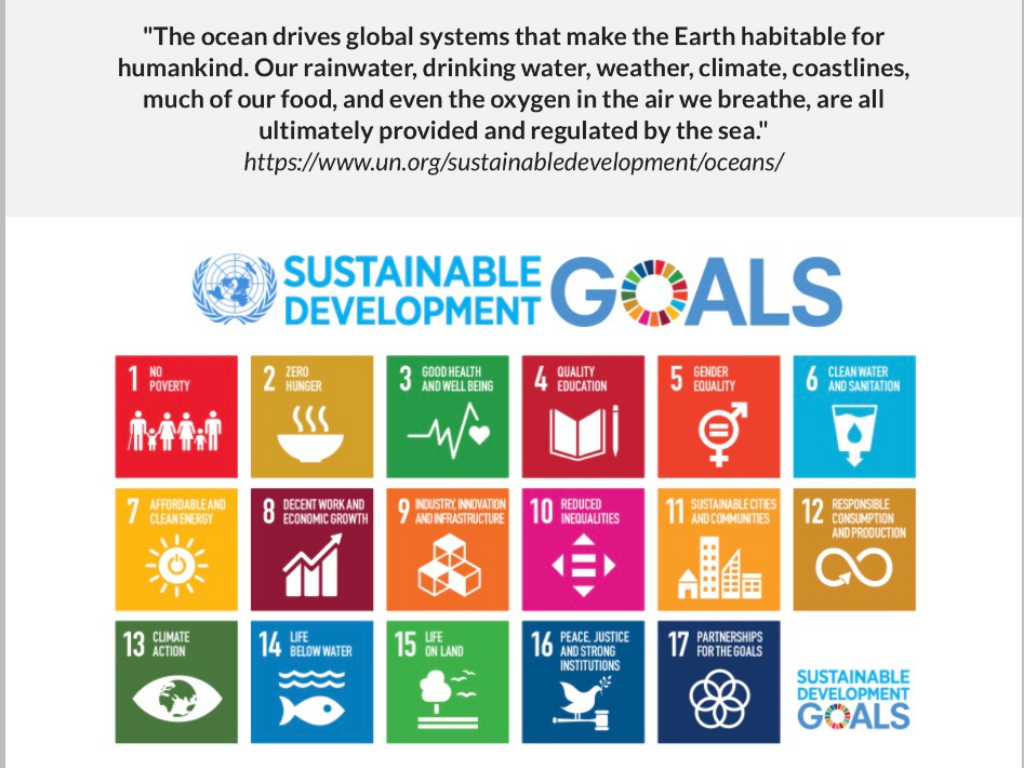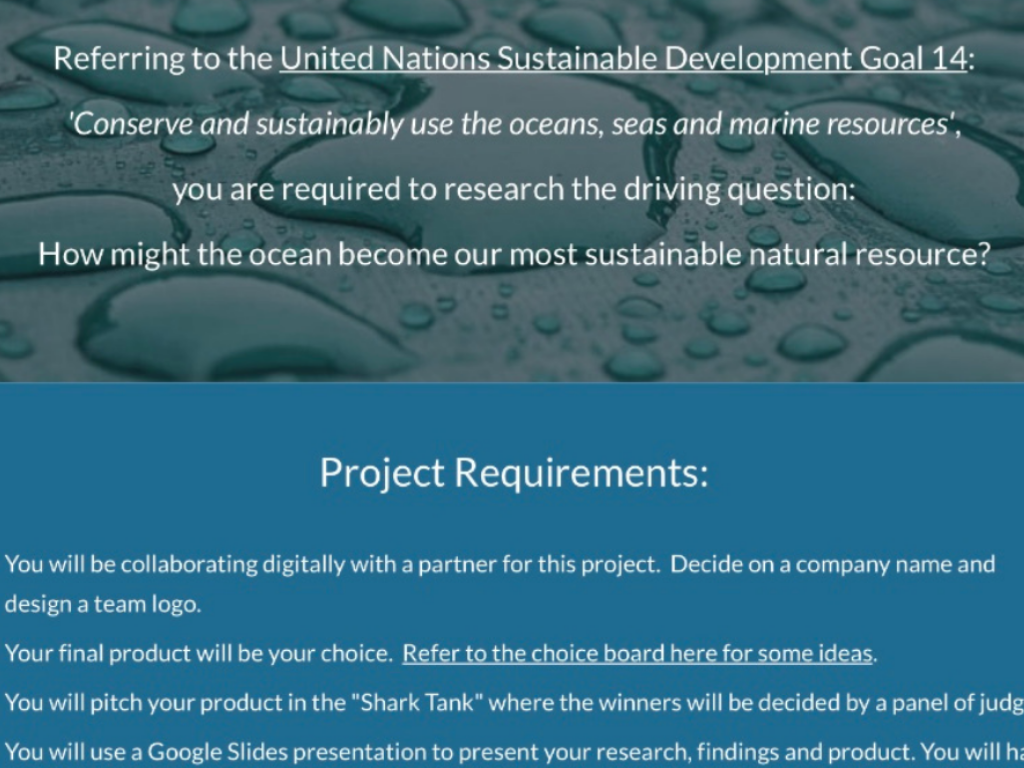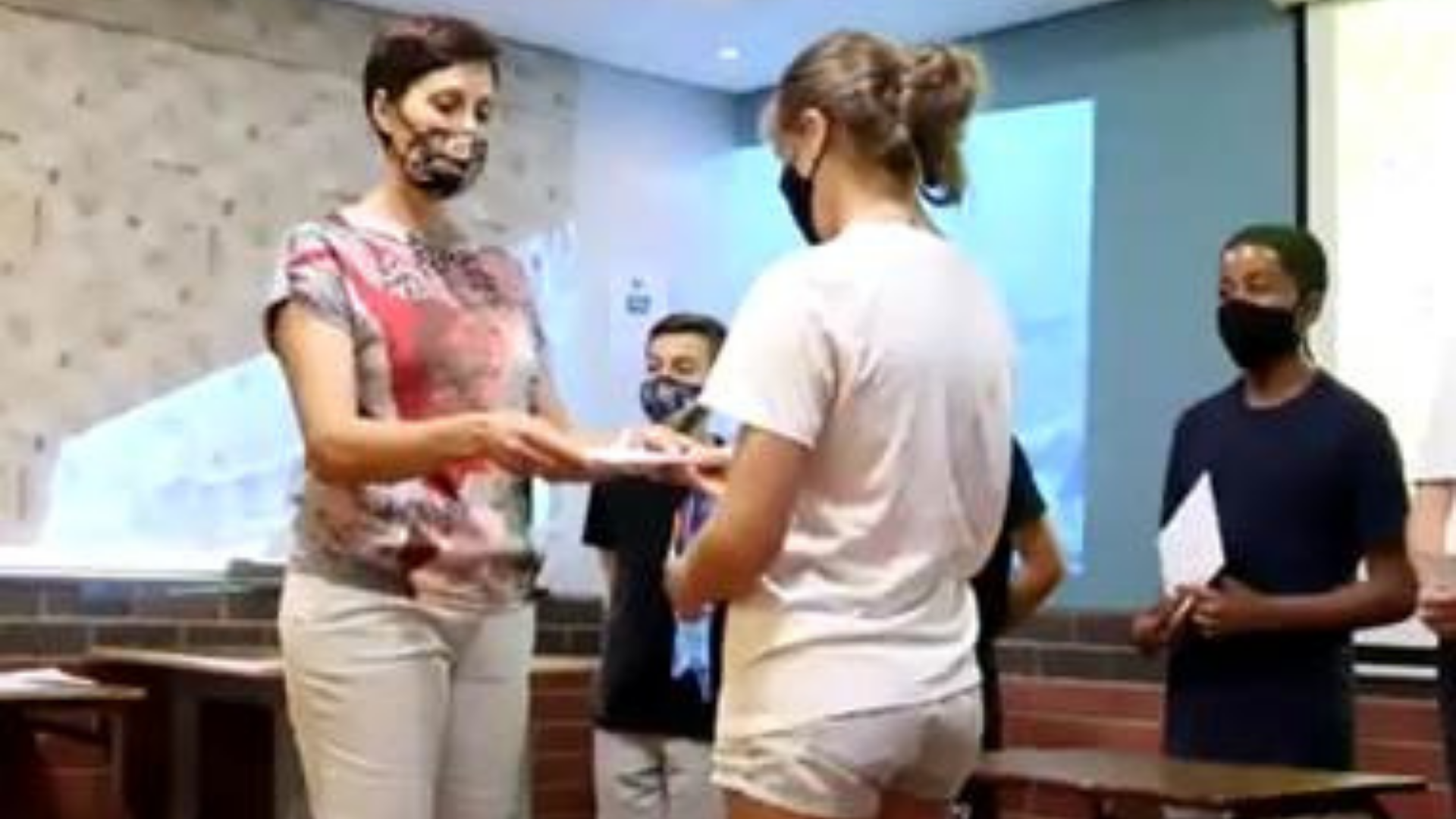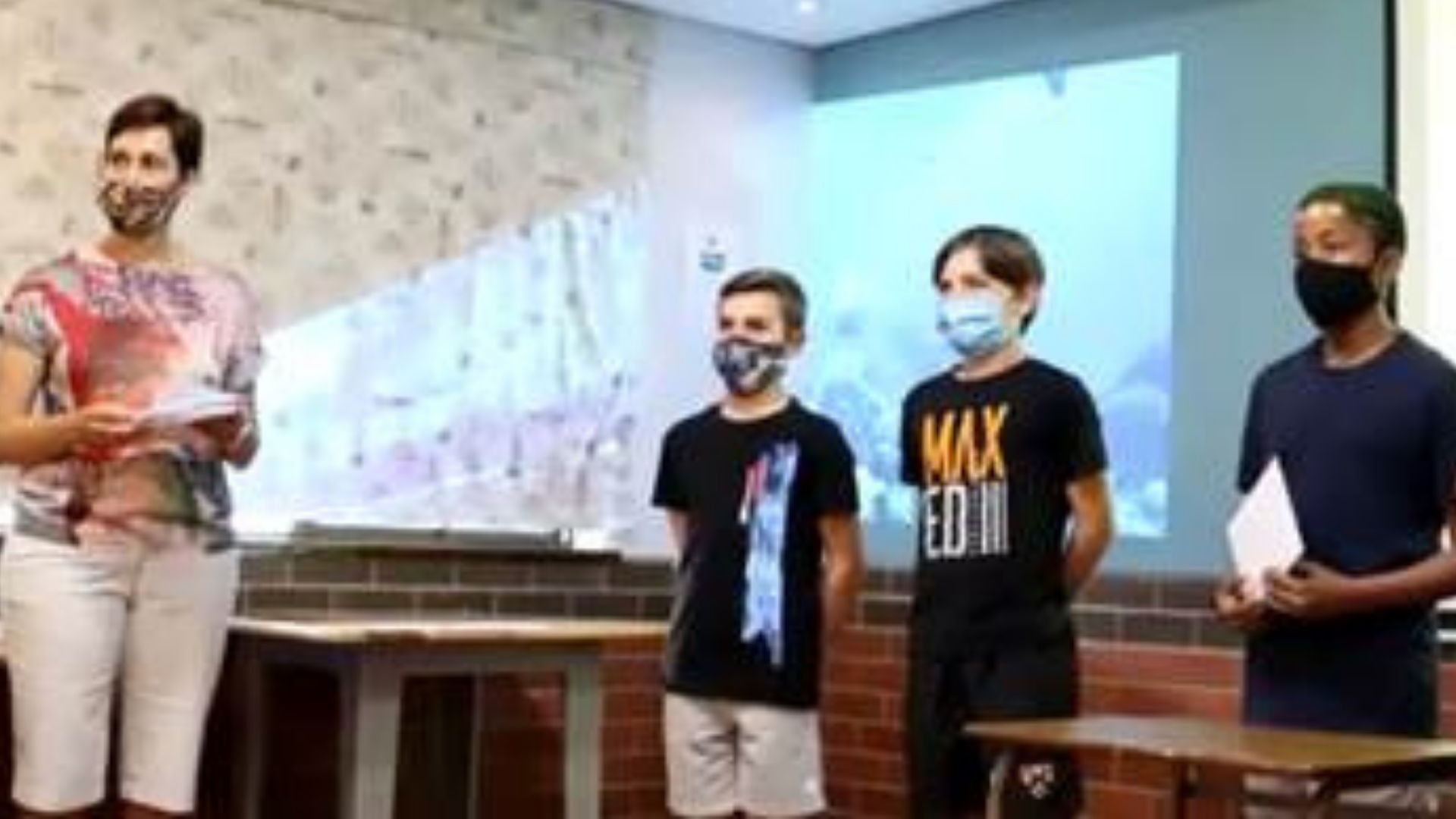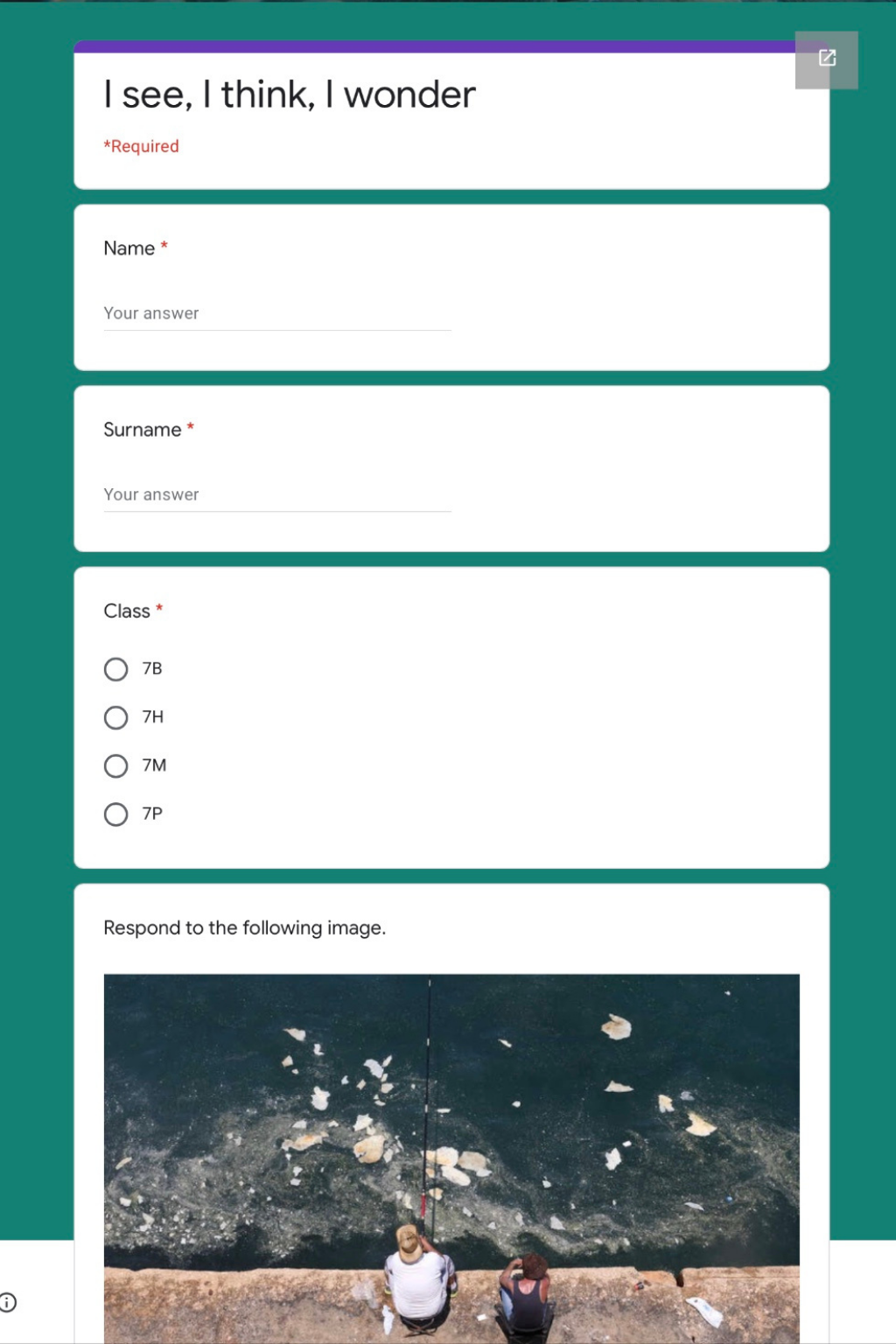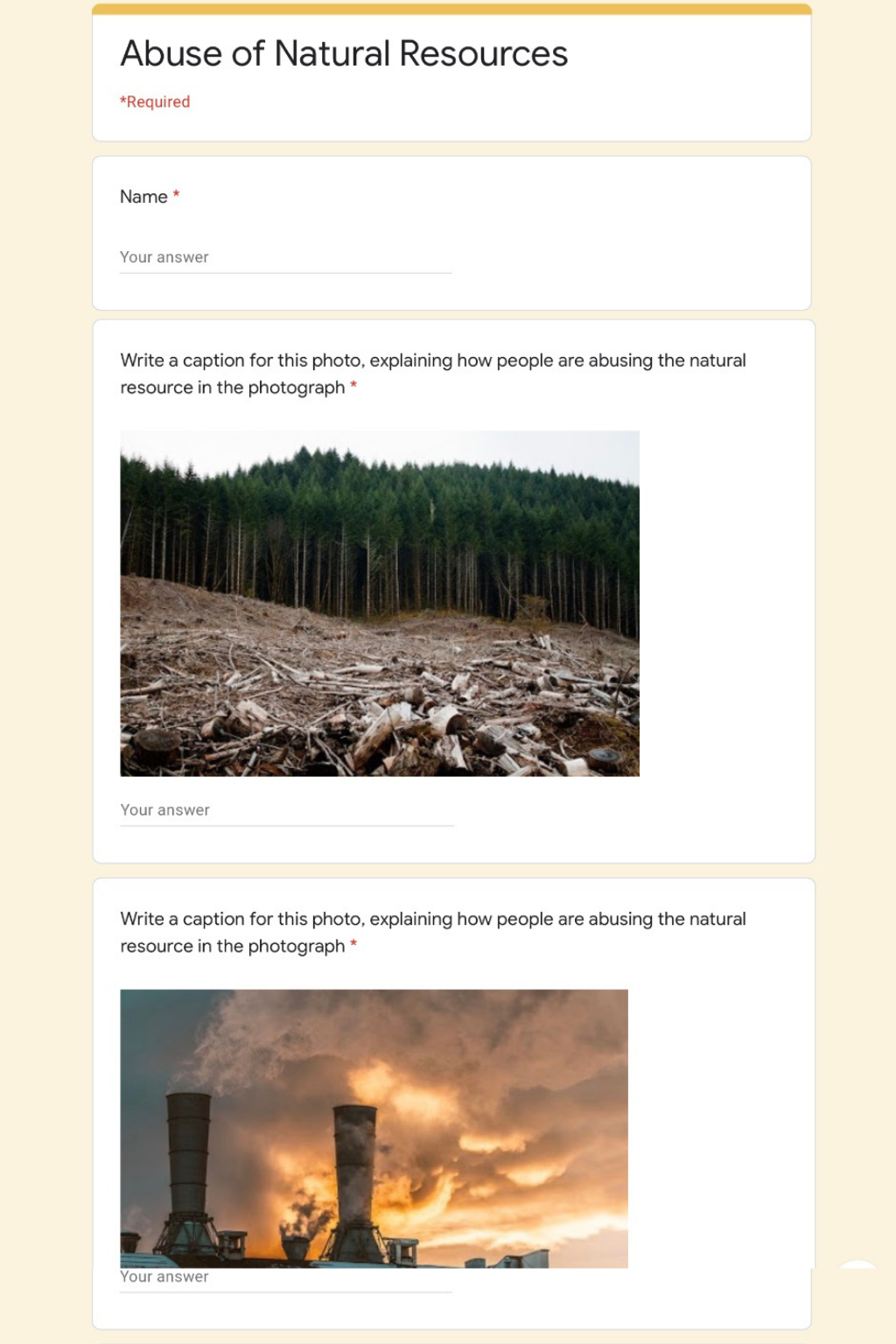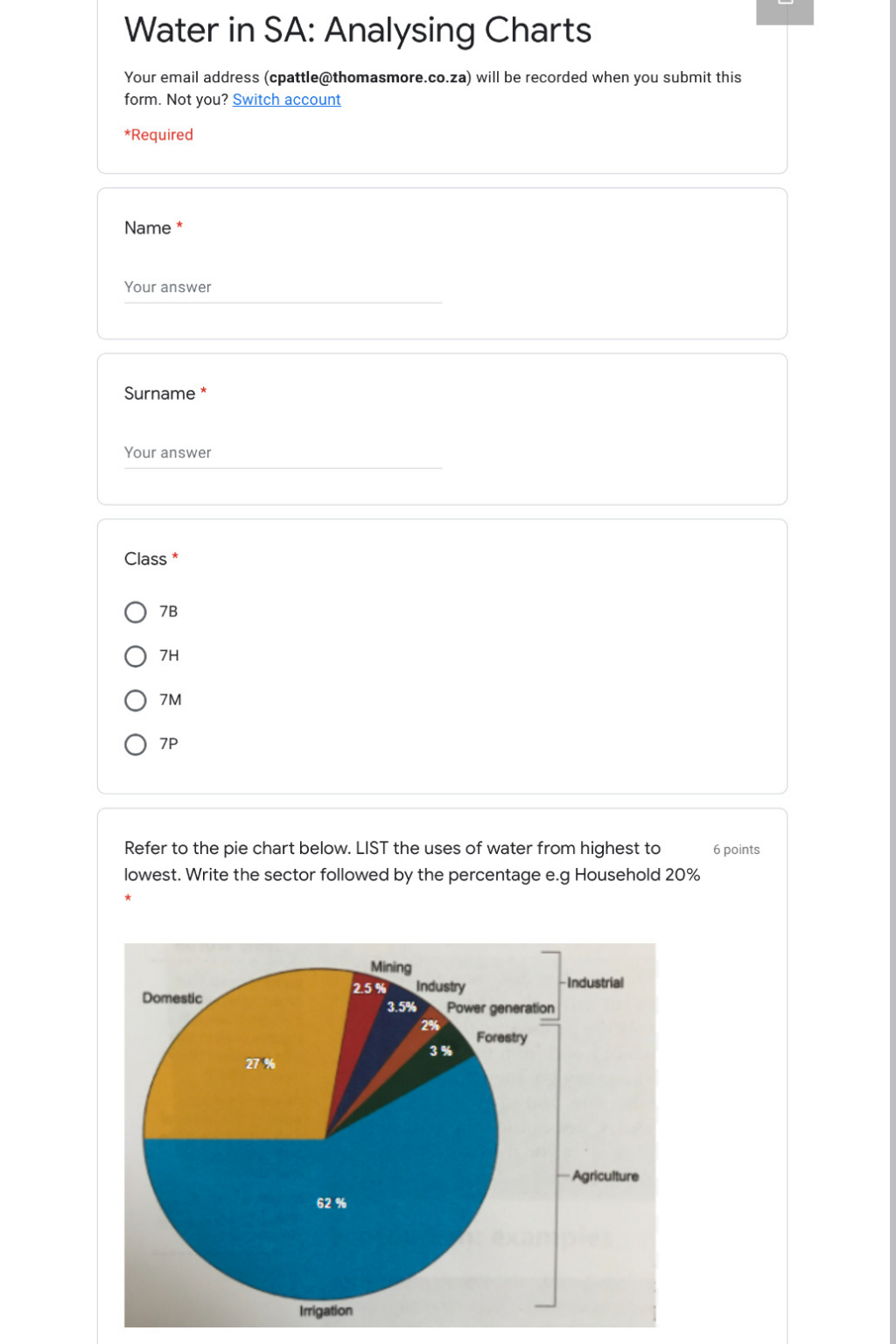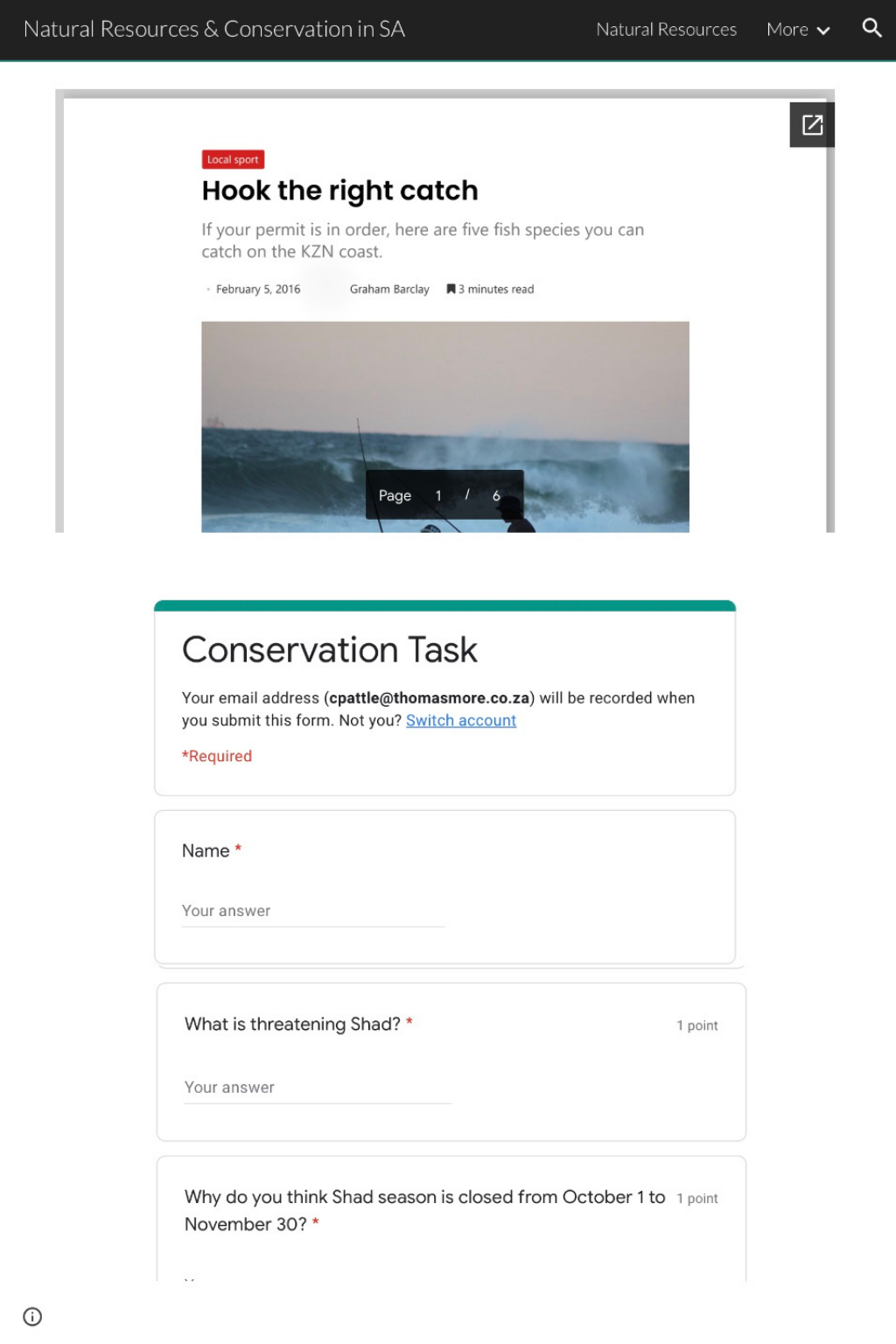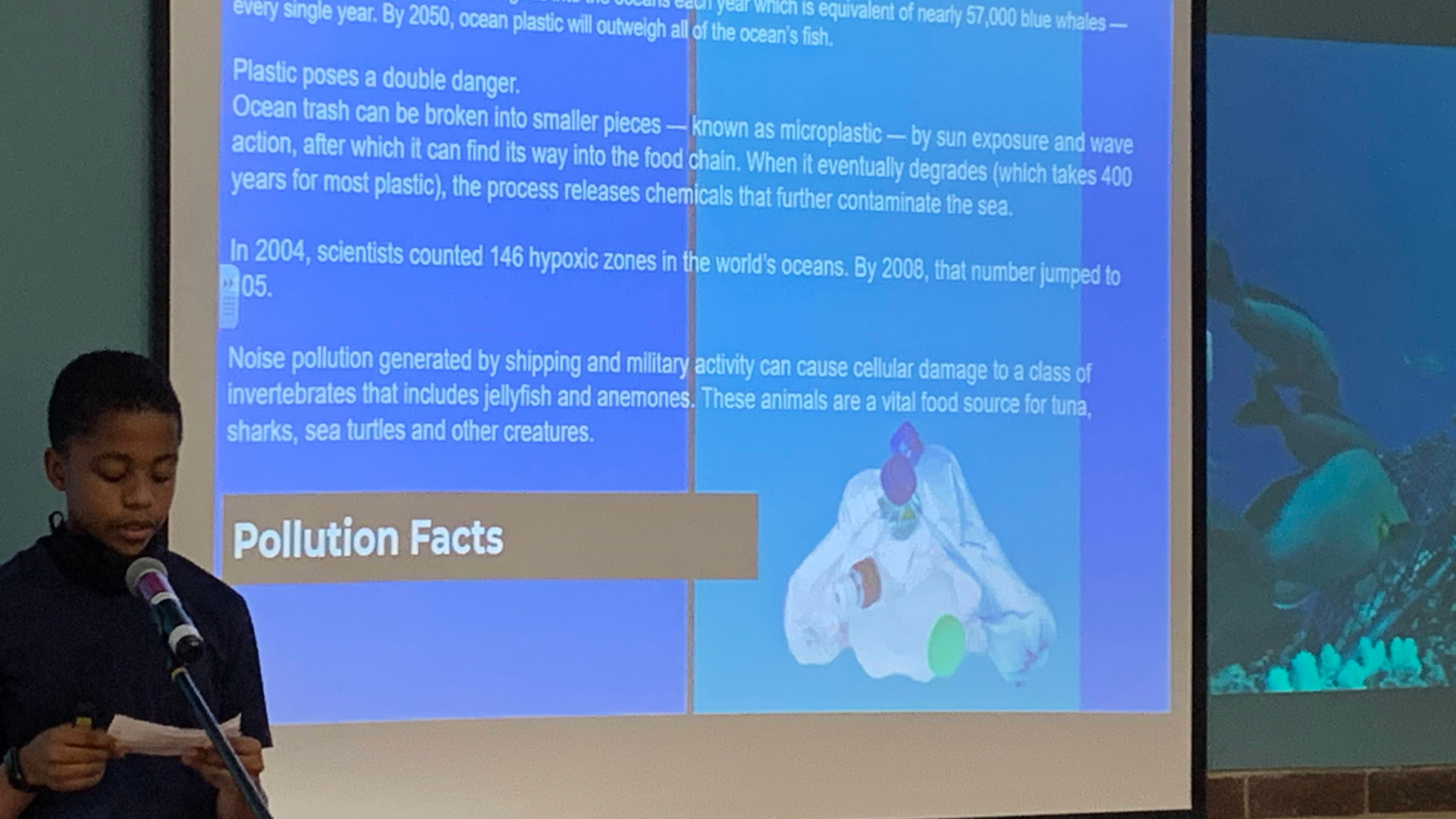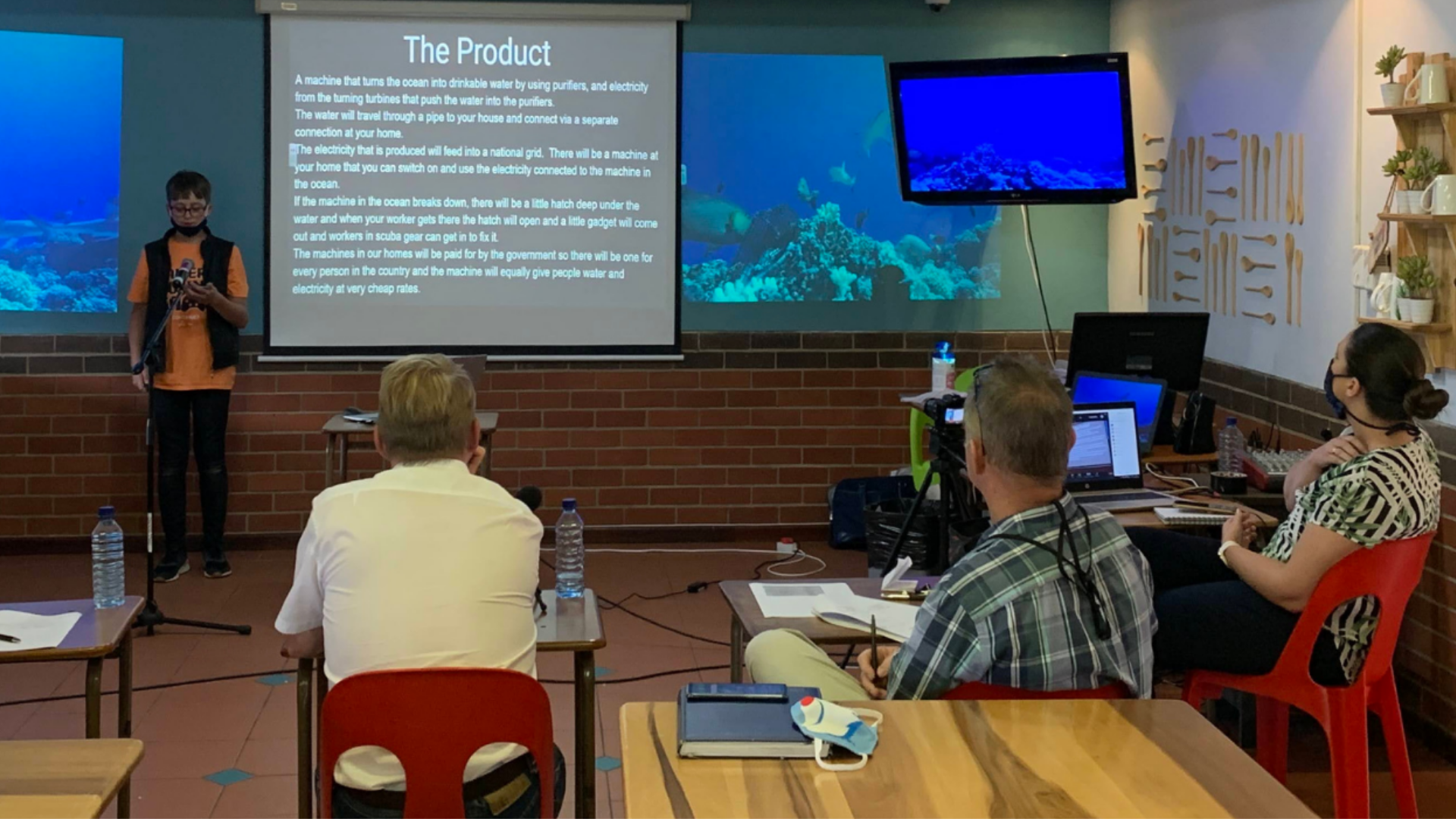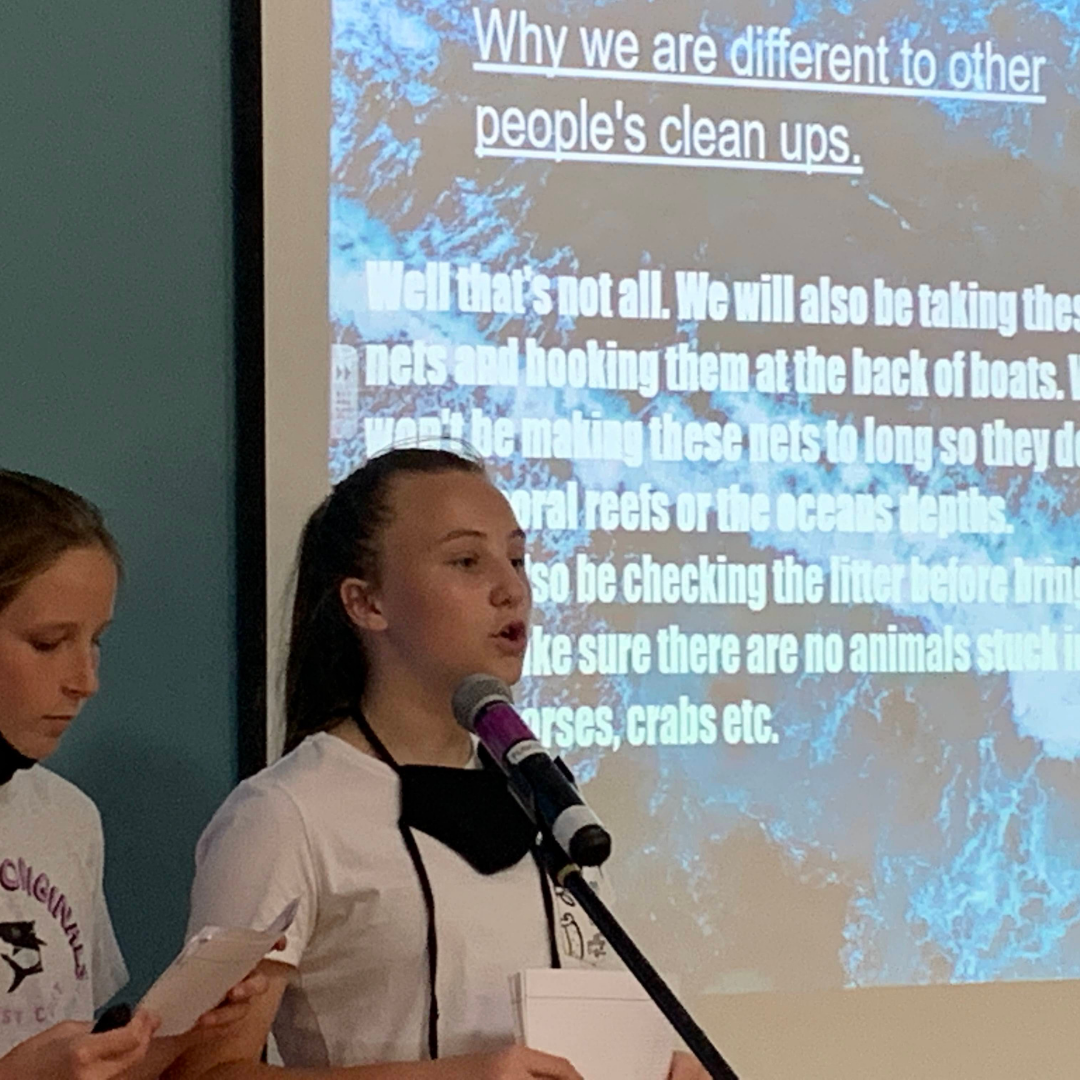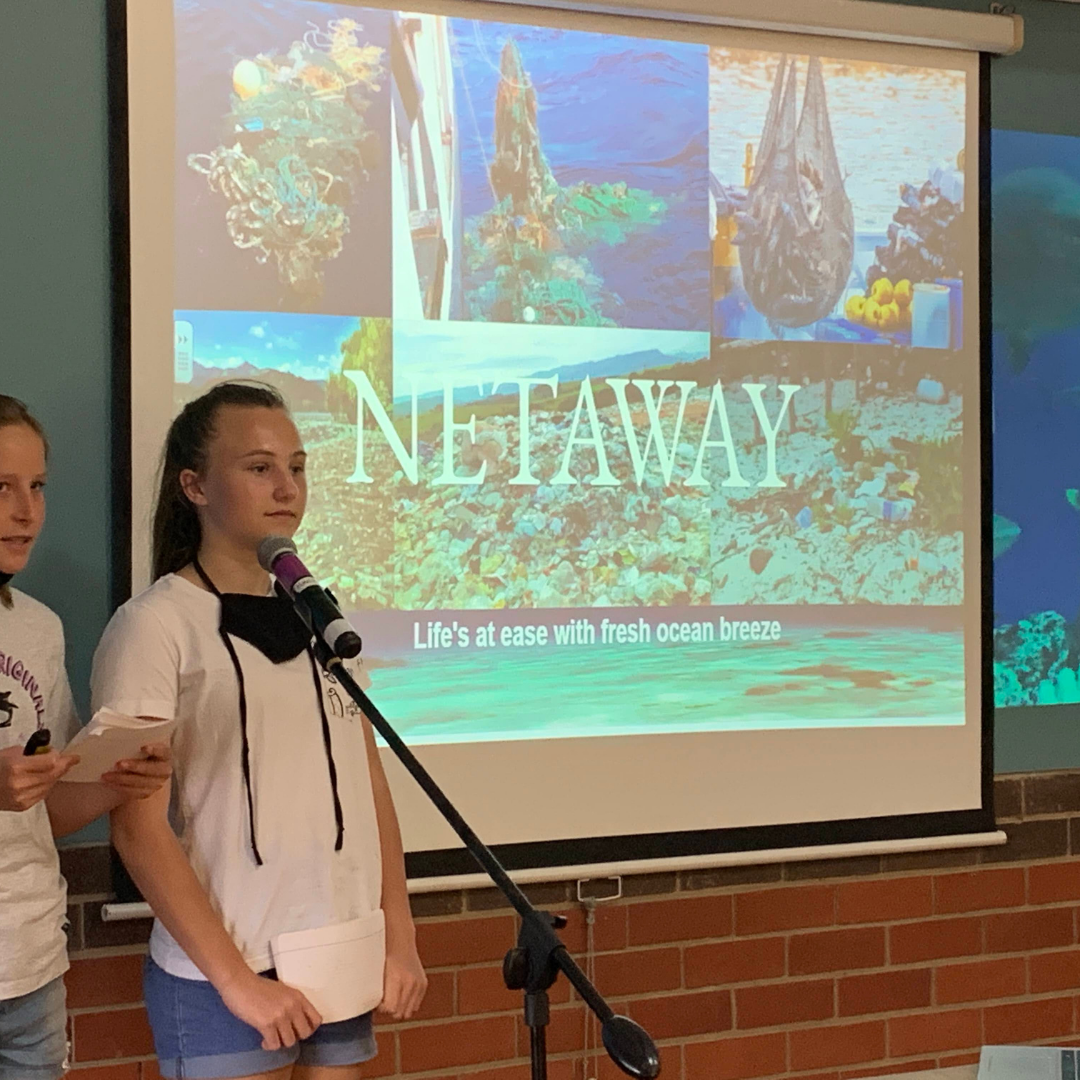”To win big, you sometimes have to take big risks.”
- Bill Gates.
My intention was never to become a teacher, however, I am very glad that this is where I ended up. Having taught high school students for many years, I only really realised my true passion in education when someone ‘took a chance on me’ and decided to employ me as an edtech coach a few years ago. Since then, I have realised that edtech coaching is what gives me energy. I have, in the process of working with educators to see the way they teach from a different angle, transformed the way I teach too.
I learnt most of what I know from my PLN (Professional Learning Network), Lindsay Wesner, and social media. I love Google! That said, I simply love everything ‘tech’ and I believe that tech and education have a mutually beneficial relationship. I enjoy using an inquiry-based approach in my teaching and this is a brief summary of a recent project for Social Sciences (Geography) which I completed in Term 4, with my Grade 7 students, at Thomas More College, where I started teaching in January 2020.
